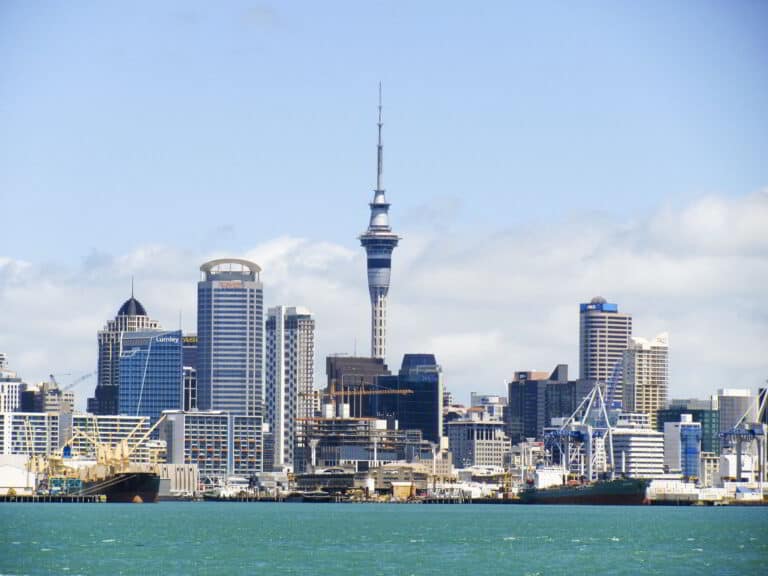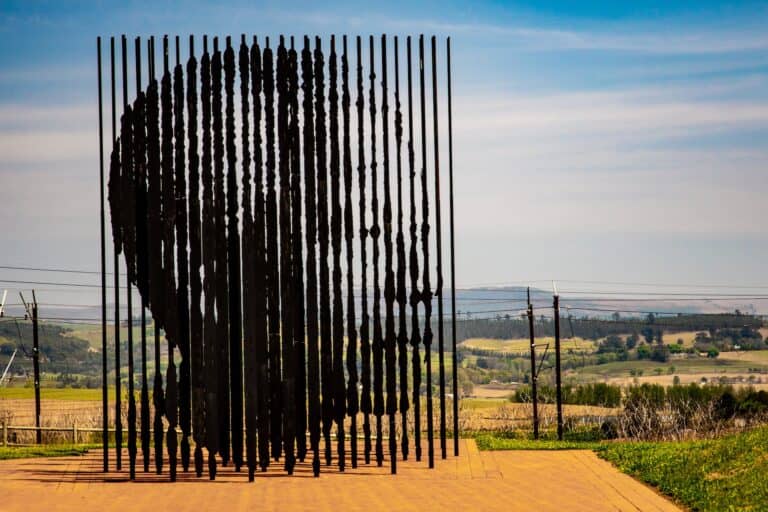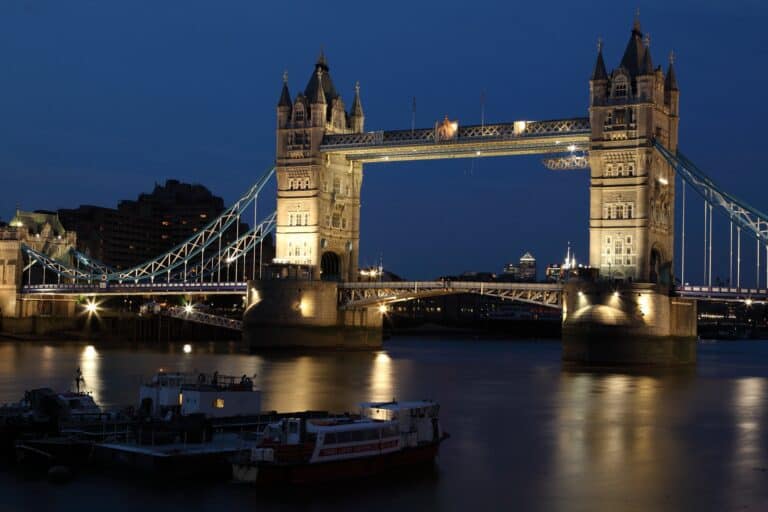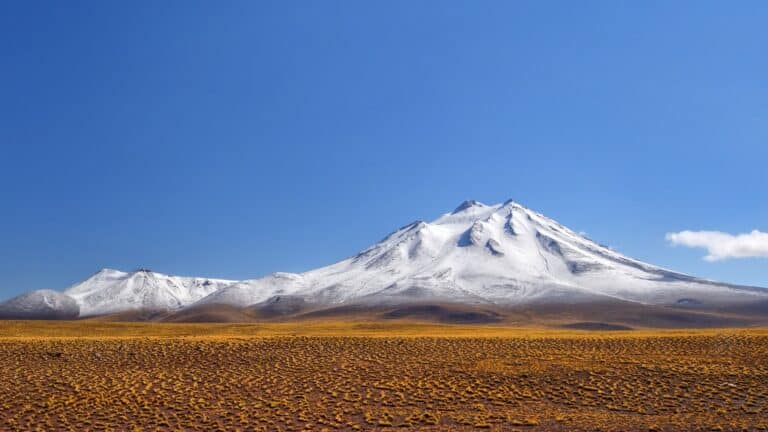Canada’s Unexplained Phenomena: A Chronicle of Prominent UFO Sightings
Dive into Canada’s history of UFO sightings, from the Falcon Lake incident to the Shag Harbour mystery. Explore the country’s relationship with the unexplained, and what these encounters mean for the Canadian public and UFO researchers globally.
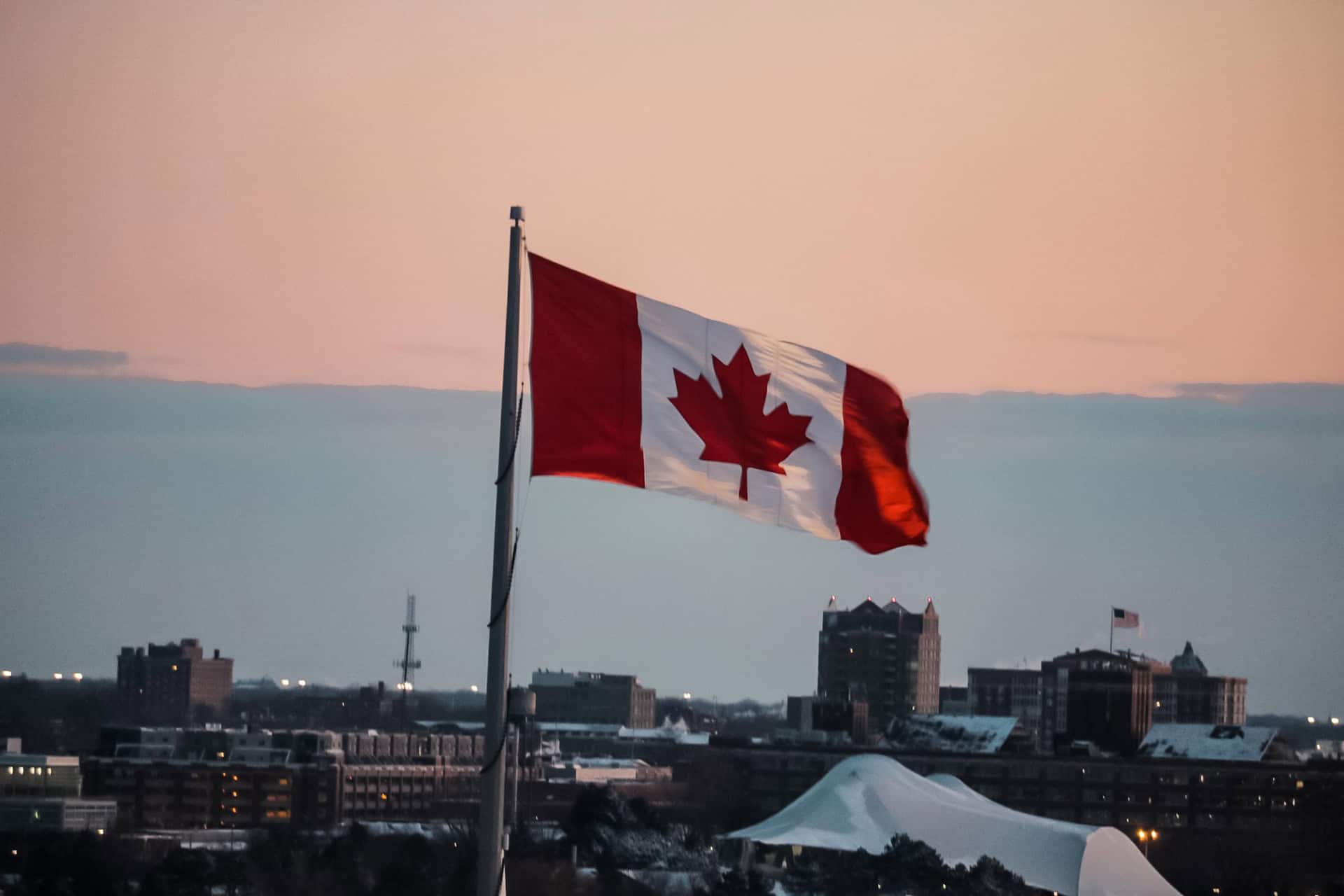
Introduction: Canada’s Fascination with the Unexplained
Canada, with its vast landscapes and diverse population, has long been a hotbed for unexplained phenomena, particularly UFO sightings. From the famous Falcon Lake incident to the Shag Harbour mystery, these events have sparked curiosity and debate among the public and UFO researchers alike. In this article, we explore these notable sightings and delve into Canada’s relationship with the unexplained. Let’s start our journey into the unknown!


Falcon Lake Incident: A Brush with the Unexplained
On May 20, 1967, an amateur geologist named Stefan Michalak had an encounter at Falcon Lake, Manitoba, that would become one of Canada’s most infamous UFO sightings. While prospecting for quartz, Michalak was startled by a flock of geese reacting to a strange, low-flying craft. Described as a saucer-shaped object with a warm glow, Michalak claimed that the craft descended and hovered just above the ground.

Michalak approached the object out of curiosity and even touched it, describing the texture as like “polished colored glass.” Suddenly, the craft took off, leaving Michalak with burns on his chest and stomach that matched the grid-like exhaust vents he’d seen on the base of the object. The Falcon Lake incident remains one of the most well-documented and unexplained UFO cases in Canadian history.
The government’s investigation yielded no definitive conclusions, but the physical evidence – Michalak’s burns and his radioactive clothes – left a lasting impression. The Falcon Lake incident continues to be a topic of discussion among UFO enthusiasts, and serves as a compelling reminder of our ongoing quest to understand the unexplained.
The Falcon Lake incident had profound effects on Stefan Michalak’s life. His encounter left him not only with physical scars but psychological ones as well. He suffered from recurring nightmares and anxiety, symptomatic of a traumatic experience. This personal toll underscores the human aspect of such encounters, often overlooked in the rush to explain the unexplained.
The incident also had a significant impact on UFO research in Canada. It highlighted the need for scientific investigation of such cases and led to the establishment of civilian research groups. These groups have played an essential role in documenting and investigating UFO sightings in Canada, maintaining pressure on official agencies to take the phenomenon seriously.
Michalak’s experience at Falcon Lake has also had a lasting influence on local communities. The event is commemorated by the town with an informational plaque at the site of the encounter. The incident has become part of local folklore, attracting tourists and UFO enthusiasts from around the world, contributing to a unique cultural identity shaped by the unexplained.
Shag Harbour Incident: Canada’s Roswell

The small fishing village of Shag Harbour, located in Nova Scotia, became the center of attention on October 4, 1967, when multiple witnesses reported seeing a strange object descending into the water. Eyewitnesses described it as a large, illuminated object that hovered over the water before sinking beneath the surface, leaving behind a yellow foam.
What makes the Shag Harbour incident unique is that it remains unexplained despite an extensive government investigation. The Royal Canadian Mounted Police, the Canadian Coast Guard, and the Canadian Armed Forces all failed to determine the source of the mysterious object. No wreckage was found, and the case was eventually classified as a UFO sighting. Today, the Shag Harbour incident is often referred to as “Canada’s Roswell” and has become a significant part of Canada’s UFO lore.
Like the Falcon Lake incident, the Shag Harbour sighting leaves us with more questions than answers. It serves as a reminder of the vastness of the universe and the potential for life beyond our understanding. Whether a believer or a skeptic, these unexplained phenomena offer a tantalizing glimpse into the possibilities of what could exist beyond our world.
The Shag Harbour incident has served as a catalyst for several documentaries and books, bringing international attention to the small fishing village. This attention has spurred economic activity, with tourism related to the event becoming a significant part of the local economy. It is an example of how such extraordinary events can have lasting socio-economic impacts on communities.

The incident also led to changes in how authorities respond to and report potential UFO sightings. The initial coordinated response by the Royal Canadian Mounted Police, the Canadian Coast Guard, and the Canadian Armed Forces highlighted the need for streamlined communication and collaboration in such unusual situations. This led to the creation of clearer protocols for dealing with potential UFO sightings.
The Shag Harbour UFO incident continues to inspire researchers and fuels ongoing debate in scientific and UFO research communities. It serves as a case study for the challenges in investigating such phenomena, including the scarcity of physical evidence and the difficulties of eyewitness testimony.

Canada’s Military Encounters: UFOs in the Sky
It’s not just civilians who have reported unexplained phenomena in Canada. There have been numerous reports from military personnel as well, adding a layer of credibility to the sightings. One of the most notable of these involves a 2002 incident where multiple witnesses, including experienced air traffic controllers and pilots, reported seeing a large, silent object moving over the Yukon Territory.
Despite rigorous protocols and trained observers, these sightings remain unexplained. Military encounters with UFOs are especially intriguing due to the level of detail often involved in the reports. The 2002 Yukon sighting, for example, was characterized by descriptions of an object that was up to a mile wide, moving silently, and changing color. The Canadian military’s official position is that they do not investigate UFOs. However, these reports from their personnel suggest that unexplained phenomena continue to be a part of Canada’s skies.

The impact of these sightings goes beyond the military. They contribute to the wider conversation about UFOs in Canada, bringing a level of authority and seriousness to the subject. For many, these reports from trained observers are hard to dismiss and add fuel to the argument for the existence of extraterrestrial life.
The 2002 Yukon sighting, among others, has contributed to discussions on improving radar and surveillance technologies. Encounters like these highlight the limitations of current technology in tracking and identifying airborne objects, especially those exhibiting unusual flight characteristics.
These military encounters with UFOs have also influenced training programs within the Canadian Armed Forces. Recognizing the potential for such encounters and the value of reliable eyewitness accounts, there has been an emphasis on training personnel on how to accurately observe and report unusual aerial phenomena.
Lastly, these encounters have spurred public discourse on the subject of national security and airspace sovereignty. The inability to identify or intercept these objects raises questions about Canada’s readiness to respond to potential threats, adding a dimension of national security to the UFO discussion.
UFOs in Canadian Pop Culture: Embracing the Unexplained
From TV shows to festivals, UFOs have found their place in Canadian pop culture. The town of St. Paul, Alberta, exemplifies this with its UFO landing pad, built in 1967 as a symbol of openness to extraterrestrial beings. St. Paul’s landing pad has become a tourist attraction and is a testament to Canada’s fascination with the unexplained.

The influence of UFO sightings on Canadian pop culture is significant. TV shows like “The X-Files” have capitalized on the public’s interest, incorporating Canadian sightings into their storylines. This has helped to maintain a level of intrigue and curiosity around the subject, while also providing a platform for discussion and speculation.
UFO phenomena, despite their mystery and controversy, have become a part of the cultural fabric of Canada. They inspire curiosity, debate, and even fear, but above all, they remind us of the immense possibilities that lie beyond our current understanding.
The influence of UFO culture in Canada can be seen in education as well. Several Canadian universities offer courses in Astrobiology, the study of potential extraterrestrial life. These courses often include discussions on UFO sightings and the possibility of extraterrestrial intelligence, reflecting the influence of UFO phenomena on academic curricula.
UFO phenomena have also inspired various forms of artistic expression in Canada. Paintings, sculptures, and music inspired by UFO encounters have become a unique genre of art, contributing to a diverse cultural landscape.

Moreover, the influence of UFO sightings has been seen in Canadian architecture. Besides the UFO landing pad in St. Paul, several other structures, like the unique dome-shaped Futuro Houses, reflect UFO-inspired design, demonstrating how these phenomena continue to inspire and shape Canadian culture.
FAQs
- What is the most famous UFO sighting in Canada? The Falcon Lake incident in 1967 is probably the most famous UFO sighting in Canada. This event involved a physical encounter with a purported extraterrestrial craft, leaving the witness with unexplained burns.
- Does the Canadian government investigate UFO sightings? While the Canadian government has investigated UFO sightings in the past, the official position of the Canadian military is that they do not investigate UFOs.
- What is “Canada’s Roswell”? The Shag Harbour incident in Nova Scotia is often referred to as “Canada’s Roswell.” In 1967, a mysterious object was seen descending into the water, leading to a government investigation that failed to provide an explanation.
- Is there a place in Canada known for UFO sightings? Shag Harbour in Nova Scotia and Falcon Lake in Manitoba are two of the most notable locations for UFO sightings in Canada.
- How has the UFO phenomenon influenced Canadian pop culture? UFO phenomena have significantly influenced Canadian pop culture, inspiring TV shows like “The X-Files” and leading to the creation of UFO-related attractions, such as the UFO landing pad in St. Paul, Alberta.
Keywords: Canada, UFO sightings, Falcon Lake, Shag Harbour, unexplained phenomena, UFOs in pop culture, Canadian military encounters.

Conclusion: Embracing the Unknown
Whether you’re a believer in extraterrestrial life or a skeptic, there’s no denying the impact of UFO sightings on Canadian society. These unexplained phenomena challenge our understanding of the universe and spark a sense of curiosity and wonder. As we continue to explore these mysteries, one thing is clear: the fascination with the unknown is a universal part of the human experience. Now, let’s turn our gaze to another country with a rich history of UFO sightings: France. Stay tuned for our next exploration into the unexplained!
